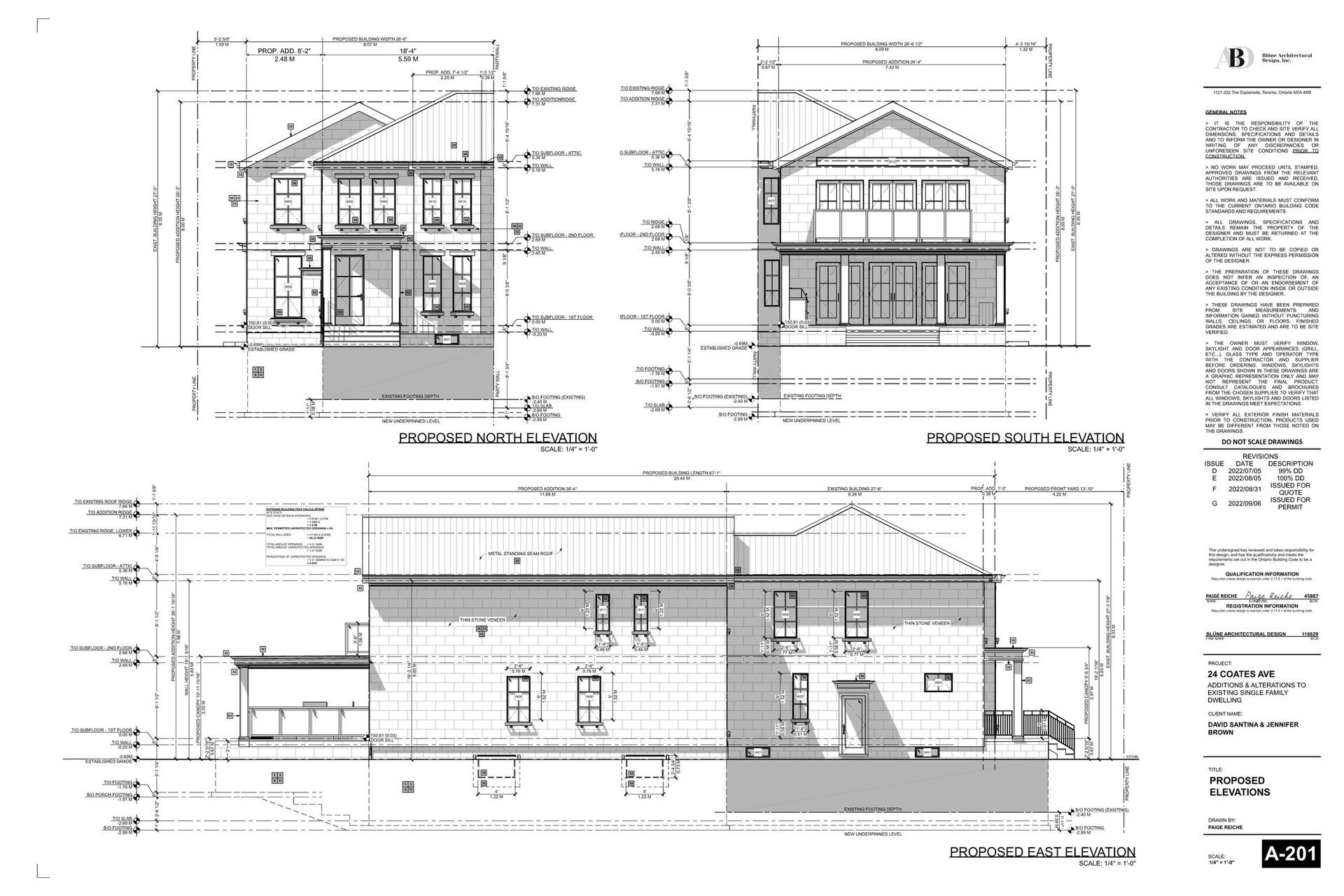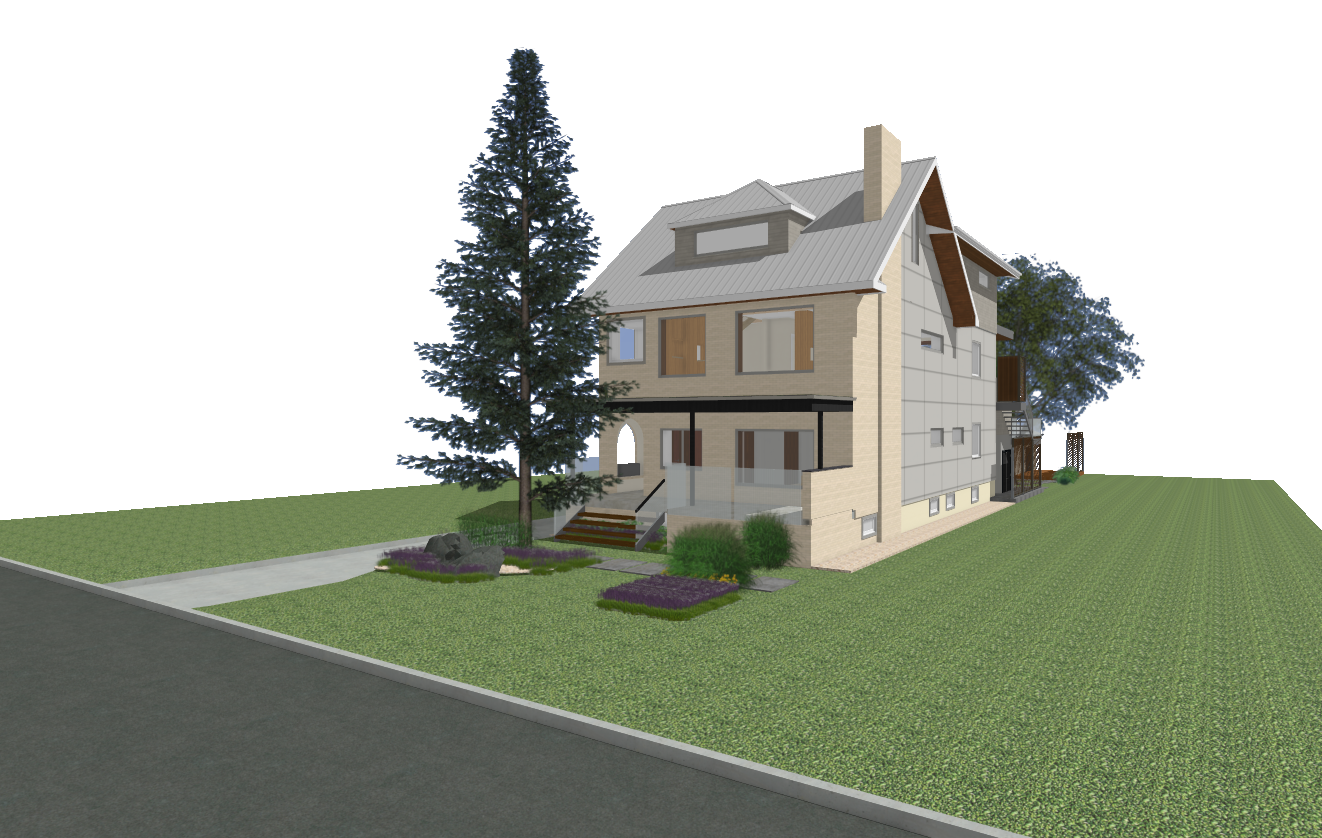How Long Does It Take to Get A Building Permit In Toronto?
Sep. 10
Written By Paige Reiche
So, you’re ready to start renovating your home but your contractor says you need a building permit before you can break ground. You have no clue how long a permit takes, and you want to get started A.S.A.P! Living in Toronto means we only have 8 months of the year to build, after all. Rest assured; you’ve come to right place. I will walk you through how long it takes to get a building permit in Toronto.
The time it takes first depends on the scope and size of your project. For example, a deck permit gets approved much quicker than a two-storey addition. Once your scope is determined, there are quite a few factors at play that could impact your timeline.
I will go into detail about each of these factors so you’ll learn more about what’s involved with getting a permit and things you can do to get one sooner.
Going into the design phase already knowing what you want will help move this process quicker as revisions can be kept to a minimum. The size of the project will also impact the speed of the design phase. If you’re looking to build a shed or a small deck, this phase can be done within weeks.
For larger projects, like an interior renovation or an addition, the design process is usually anywhere from 2-8 months. There are 4 phases of design: Predesign, Schematic Design, Design Development, and Construction Documents. Each phase is vital to preparing a design that is functional for your lifestyle. I will go in depth about each design phase.
Preparing a final construction package has a lot of moving parts. Once the design is complete, the drawings need to be brought to construction level drawings (this means someone can build them!). This includes the architectural design, the coordination between the mechanical and structural engineers, and the time it takes for them to complete their drawings too..

Understanding The Design Phase


The type of decision-maker you are will impact the design phase. If you come to decisions quickly, you will get through the Schematic and Design Development phases faster. If you’re the type of person who likes to take your time before making a decision, then the process will be slower. Neither type of decision-maker is right or wrong, but it’s important to factor in when considering the timeline of obtaining a building permit and to perhaps give yourself extra room if you aren’t quick to make decisions.
Fast Track
Residential Fast Track sounds like a dream come true for any homeowner looking to renovate now, or let’s face it, yesterday. Fortunately, in Toronto, homeowners are offered a 5-business day permit process. Now that you have drawings in hand, you can fire away at the building department’s office and be on your merry way. Unfortunately, not every project can take the fast lane..
The city gives the special treatment for residential project that falls under one of these scopes of work:
- has an addition under 100 sqm (1076 sqft for those of us who still use Imperial) on all floors,
- a second suite (like a basement apartment),
- decks,
- garages or carports,
- sheds or gazebos,
- pool fence enclosures,
- HVAC, plumbing, and revisions to previous fast track permits
Depending on your project, you may be able to take advantage of this program. Keep in mind that the 5-business day time frame is only valid if there are no issues with zoning and all the required information is on the drawings. I’ll discuss more about zoning below.. You can check your building permit status at anytime on the city’s website.

Getting Zoning Approval
Finalizing your design without going through zoning first can be a huge mistake and can cause major delays in your permitting process. If you submit drawings that don’t comply with a by-law, you may be forced to redesign your project partly or completely..
This step is so important and if you’re already working with a designer, they likely have already suggested this to you. Without knowing what you’re getting into before submitting for a building permit, you can potentially waste a lot of time and money revising drawings.
Submitting for Zoning Applicable Law Certificate (ZAP) will happen during the Design Development stage before you get too deep into the design. The City of Toronto frequently updates their by-laws, so it’s imperative to submit at this stage to find out if any part of your design needs to be revisited.

Finalizing your design without going through zoning first can be a huge mistake and can cause major delays in your permitting process. If you submit drawings that don’t comply with a by-law, you may be forced to redesign your project partly or completely..
This step is so important and if you’re already working with a designer, they likely have already suggested this to you. Without knowing what you’re getting into before submitting for a building permit, you can potentially waste a lot of time and money revising drawings.
Submitting for Zoning Applicable Law Certificate (ZAP) will happen during the Design Development stage before you get too deep into the design. The City of Toronto frequently updates their by-laws, so it’s imperative to submit at this stage to find out if any part of your design needs to be revisited.
If there are by-law “complications”, you will receive a zoning notice. Look to your right for an example of this. It lists out items that need to be addressed to get a ZAP and continue to get a permit. At this point, you can either revise your design to meet these requirements or you can take the zoning notice to Committee of Adjustments for a minor variance to the by-law.
If all is happy and well in the world, you’ll receive your Zoning Certificate (or ZAP), which looks like this to your left. You will need this when applying for your building permit.
Committee of Adjustments
If you find you can’t comply with the by-laws to get what you really want, you will have to go through Committee of Adjustments (CoA) to continue on to a building permit. If you’re in a rush, this can throw you for a loop as it does extend the timeline roughly 4 to 6 months.
Homeowners can find this process discouraging, but rest assured there is light at the end of the tunnel. An experienced designer will be able to identify if CoA will be needed and what will likely get approved from the very beginning stages of the design process.
Story Time
Even an experienced designer can’t predict the unpredictable. There have been rare times when the past has come back to haunt. One of our clients wanted to insulate their existing enclosed porch.
However, through the permit process it was discovered that the enclosure was built without a permit. The enclosed porch was built decades before they even bought the house. Despite this, the city still needed the Committee’s approval before they could do their interior renovations.
To learn more about what’s involved with Committee of Adjustments and how to win over your neighbours and get approval, check out our article here.
Other Permits
Toronto’s building department has several internal permit requirements. If you’re adding a bathroom, addition, or underpinning, you are going to need more than just a building permit. For low residential, you may need permits for demolition, HVAC, plumbing, or drainage. Luckily, these can all be applied for at the same time for a quicker permitting process.
External Permits
There are other externals permits that should also be considered when looking at your construction start date. You may need a Transportation Encroachment Permit if you’re building close to a highway. You could need
Toronto and Region Conservation Authority
(TRCA) to approve your design if it’s within a flood zone or near a ravine..
Urban Forestry
Additionally, most applications need a tree permit with Urban Forestry, either to remove a tree or injure one. If any of these permits are required, they must be issued before the city issues a building permit.
Conclusion
I hope you are able to take away key learnings on all the different components of obtaining a building permit.
Taking into account the design process and drafting time, obtaining a permit for a smaller project such as a deck or shed will take a shorter amount of time (approx. 3 weeks). Versus a larger project like building an addition under 100 sqm, given all by-laws are complied (approx. 3 months).
For projects that don’t comply with by-laws and that require Committee of Adjustments (CoA), the permit process will span between 9-12 months.
Now that you have the knowledge and a better understanding of the process of obtaining a building process in your toolkit, you’re ready to get started! Reach out to us to book a discovery call to discuss a free zoning analysis. Click here to fill out our project intake form and get started!

